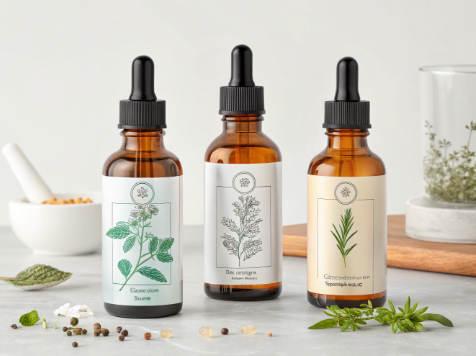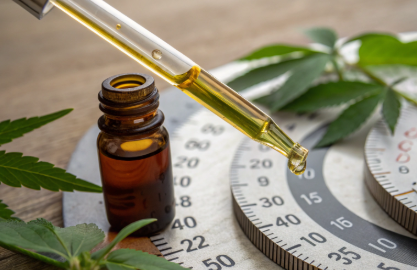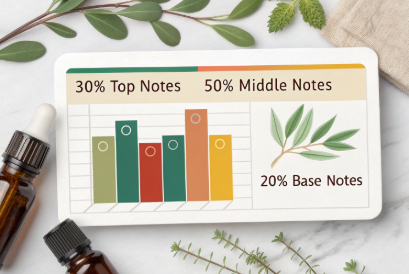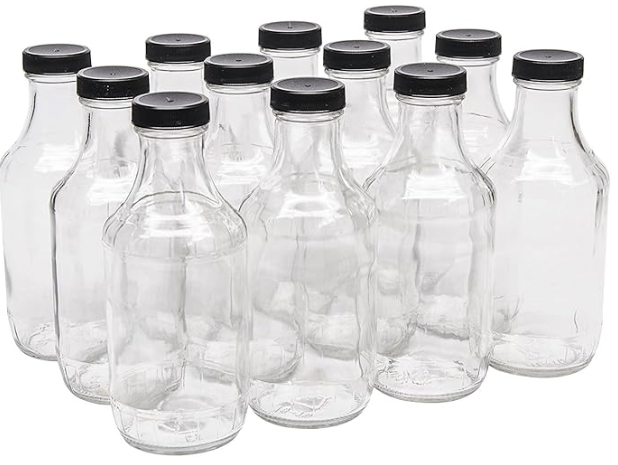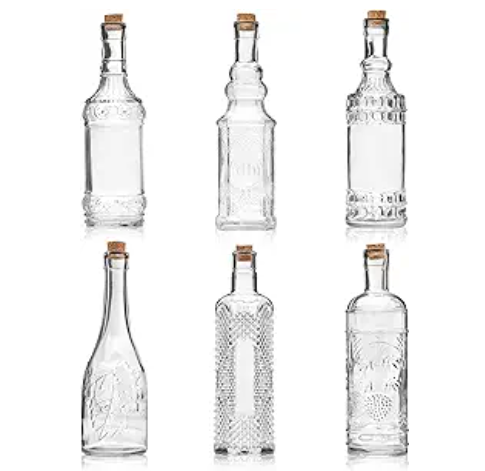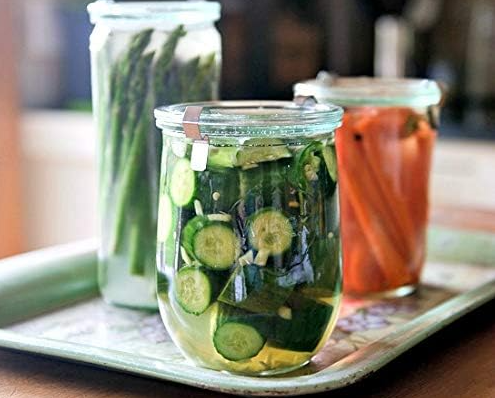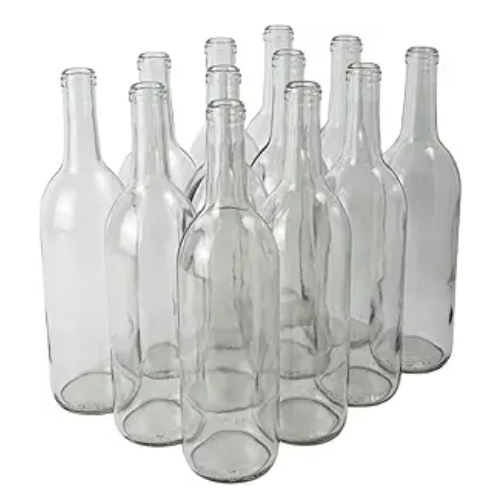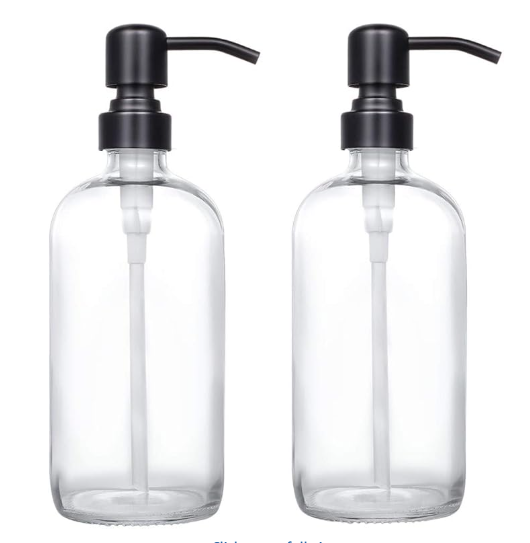When you’re blending or filling bottles, precision matters—especially in aromatherapy where a single drop can change a formula. But how big is a “drop” really?
One drop of essential oil is approximately 0.05 milliliters (ml), although this can vary depending on viscosity and dropper size.
Let’s unpack why that number matters and how to measure accurately for safe, consistent usage.
How much oil is 1 drop?
Whether you’re making a roller blend or calculating dilution, it starts with one drop.
One drop of essential oil equals around 0.05 ml. That means 20 drops is roughly 1 ml. This is a common industry approximation, though drop size varies slightly by oil type.
Dive Deeper: Variables That Affect Drop Volume
Not all drops are created equal. Several factors can influence drop size:
Oil Viscosity
-
Thin oils like lemon or eucalyptus flow faster and produce smaller drops.
-
Thick oils like vetiver or myrrh drop more slowly and may be larger.
Dropper Type
-
Orifice reducers on 5ml or 10ml bottles provide more consistent drops.
-
Glass pipettes can vary based on how hard you squeeze.
| Source Type | Average Drop Volume |
|---|---|
| Orifice reducer cap | ~0.05 ml |
| Pipette or dropper | ~0.04–0.06 ml |
| Viscous oil | ~0.06–0.08 ml |
At PauPack, we supply bottles with tested orifice reducers that ensure consistent drop size—especially important for clients in skincare, fragrance, or medicinal blends.
What is the 30/50/20 rule for essential oils?
Essential oil blending isn’t guesswork—it’s chemistry with creativity.
The 30/50/20 rule is a common guideline for blending essential oils: 30% top notes, 50% middle notes, and 20% base notes. It helps create a balanced aroma profile.
Dive Deeper: Building a Harmonious Blend
Here’s how each note behaves:
-
Top Notes (30%): The first scent you smell (e.g., lemon, peppermint)
-
Middle Notes (50%): The “heart” of the blend (e.g., lavender, rosemary)
-
Base Notes (20%): Slowest to evaporate, grounding (e.g., sandalwood, patchouli)
Example: 10-Drop Blend
-
Top: 3 drops lemon
-
Middle: 5 drops lavender
-
Base: 2 drops cedarwood
Using the 30/50/20 rule keeps your blends aromatic, long-lasting, and well-layered. At PauPack, we print blend suggestions and dilution ratios on packaging inserts to educate customers and enhance perceived value.
How much is 25 drops of essential oil?
If 1 drop = 0.05 ml, what does that make 25?
25 drops of essential oil equals approximately 1.25 milliliters.
Dive Deeper: When You Need This Conversion
This is useful when:
-
Measuring essential oil usage in production
-
Scaling up small-batch formulas
-
Creating dilution ratios (e.g., for a 10ml roller bottle)
| Drop Count | Equivalent Volume |
|---|---|
| 10 drops | ~0.5 ml |
| 20 drops | ~1.0 ml |
| 25 drops | ~1.25 ml |
| 50 drops | ~2.5 ml |
Whether you’re DIYing or working with a contract filler, knowing your drop-to-ml math ensures formula integrity. PauPack provides measurement specs for every dropper and cap system we supply—down to flow rate and material compatibility.
How many drops of essential oil are in 1g?
Not all measurements are liquid—especially in EU-regulated markets.
There are approximately 20–25 drops of essential oil in 1 gram, depending on the oil's density. Most essential oils are close to 0.9g per ml in weight.
Dive Deeper: ML vs Gram in Essential Oils
While volume is common in the U.S., weight (grams) is often used in Europe and in cosmetic formulation.
| Oil Type | Approx. g/ml | Drops per Gram |
|---|---|---|
| Lavender | 0.89 | ~22–25 |
| Eucalyptus | 0.91 | ~21–24 |
| Sandalwood | 0.98 | ~20–22 |
Essential oils are less dense than water (1g/ml), so 1 gram typically holds a bit more volume—and therefore more drops.
When filling bottles or setting up dosing, PauPack helps clients choose the right measurement system (grams vs ml) and provides fill-level calibration to meet regulatory labeling needs.
Conclusion
One drop of essential oil is around 0.05 ml—but that small amount carries big weight in formulation, safety, and product performance. At PauPack, we make sure every drop is counted, tested, and beautifully delivered.




